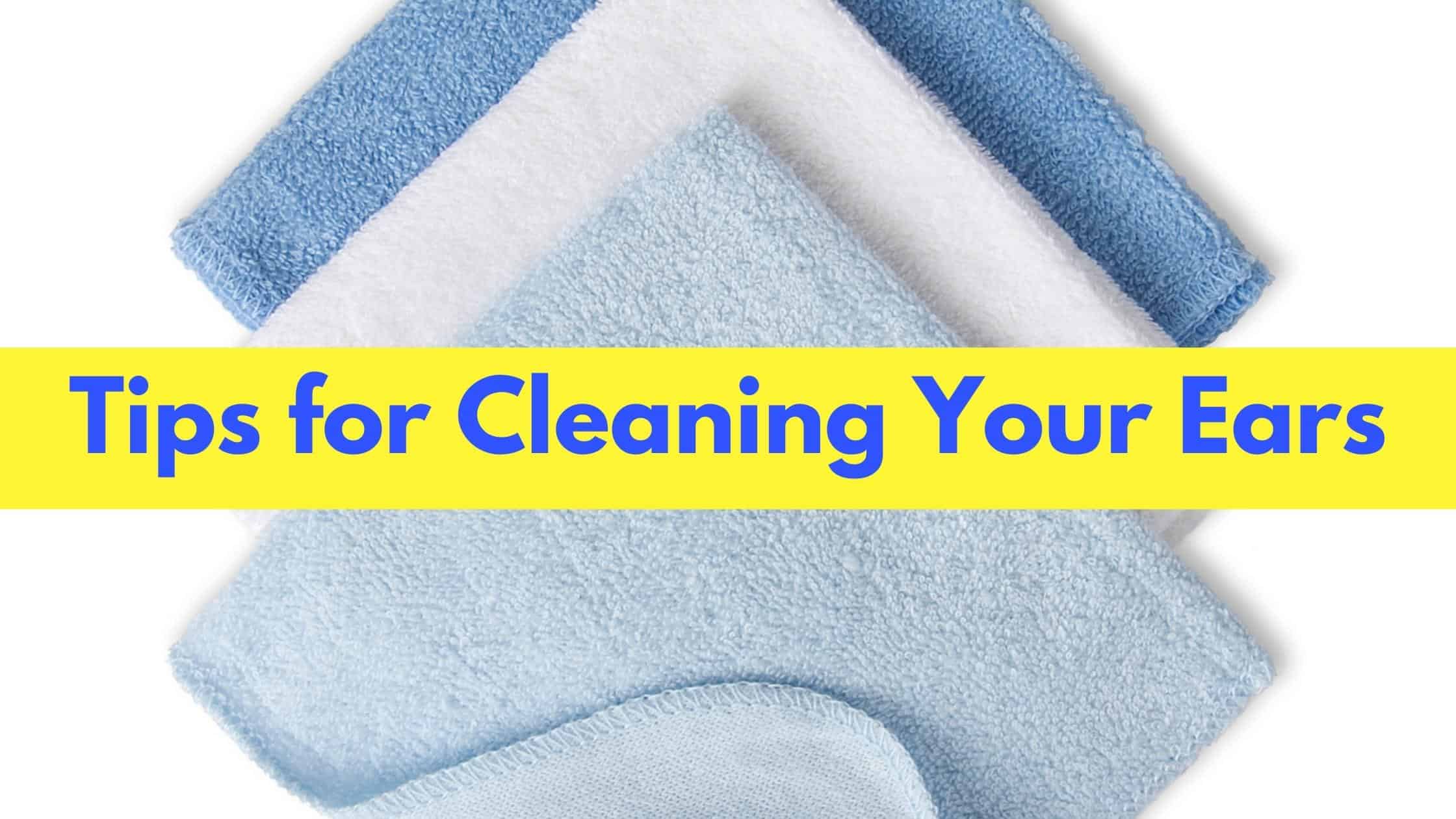
When you think about cleaning your ears, one common tool might come to mind: a cotton swab. This probe seems to be perfectly suited to the shape and size of the ear canal, and indeed many people insert a cotton swab into the ear with the intention of cleaning out earwax. Despite this common lore, this tool is the cause of more harm than good.
Particularly for those who have an excess of earwax, a cotton swab tends to push the earwax further into the ear rather than removing it. When earwax is pushed further into the ear canal, it can become impacted, doing much more harm than good. The eardrum is quite sensitive to changes in its environment, and the additional earwax can cause muffled hearing or worse: an ear infection.
Rather than causing potential harm and disrupting the delicate balance of the inner ear, the following are some helpful tips for cleaning your ears. You will notice that none of these require a cotton swab!
Regular Ear Cleaning
When you have a normal balance of earwax, you will still want to clean
the excess from the folds of the outer ear. This unsightly substance can emerge from the ear canal into view, so a few simple steps can be followed to leave the balance of earwax in the ear intact. The only tools you will need for regular cleaning are a clean, damp cloth and some mild soap. Take the dampened cloth with a little soap, and wipe down the folds of the outer ear.
A general rule of thumb is that you shouldn’t put anything larger than your elbow toward the opening of the ear. If you place a washcloth or other thick cloth around your index finger, this circumference should be enough to prevent entry to the ear canal while also removing any earwax that has emerged from the ear canal.
Cleaning Excess Earwax
If you find that your ears are producing an excess of earwax, you can use a simple at-home remedy to soften that earwax if it becomes hardened within the ear. The tools you will need for this method are an eyedropper, a softening solution, and a water syringe. First, tilt your head to the side, and place a few drops of softening solution into the ear. This solution can be mineral oil, glycerin, hydrogen peroxide, or saline.
Only a few drops will be plenty to soften the hardened earwax that has accumulated in the ear canal. Give those drops some time to do their work, anywhere from 30 minutes to overnight. Once you have let the solution integrate with the hardened earwax, flush the ear with some clean, warm water. A syringe can be helpful to get the warm water into the ear. Let the water sit there for a moment, then tilt your head downward to let the water fully drain back out of the ear.
Be sure to dry the entire ear when this process is completed. If you find that the earwax remains hardened in the ear canal, you can repeat this process again.
Cleaning After Swimming
One of the most difficult tasks for someone prone to ear infections is to remove all the water from the ears after swimming. The curvature of some ear canals is such that it can become trapped in the inner ear, and bacteria in the water can grow. That bacteria can be the cause of a painful ear infection, so you want to make sure to thoroughly dry your ear after every swimming session.
A solution of rubbing alcohol, hydrogen peroxide, and apple cider vinegar is a good at-home tool to prevent swimmer’s ear, as well. Simply mix equal parts of these liquids and place a few drops in the ear after swimming. Let it sit for a few moments, then tip the ear to let it drain back out.
Those solutions have anti-bacterial and drying properties, so they can prevent bacteria from forming and growing in the ear canal. Many active swimmers use a hair dryer to dry out the ear after swimming, as well. With these tips in mind, you should be able to safely clean your ears, but be sure to seek medical attention if you have any pain or discomfort.
Issues with your ears or hearing? We’re here to help! Contact us today to schedule an appointment.
